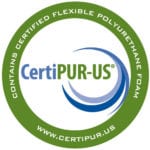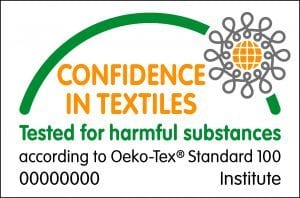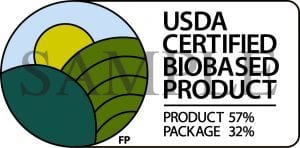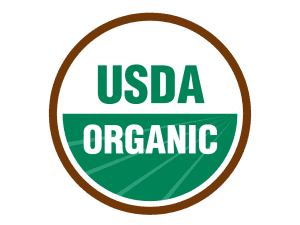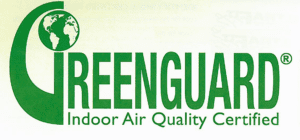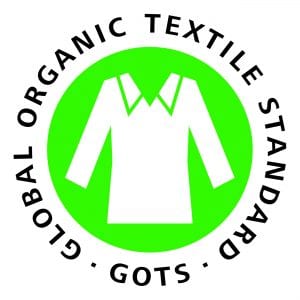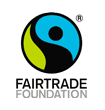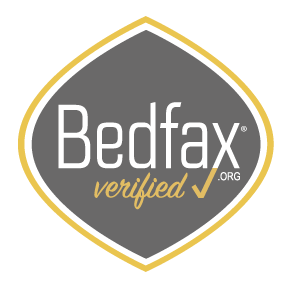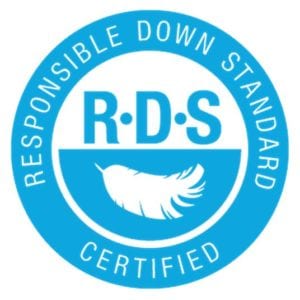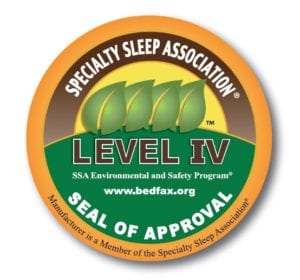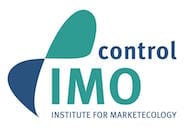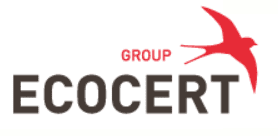Issues of Concern
With regulatory requirements, and with increased public awareness and concern for product safety and healthfulness, sustainability of resources, social responsibility, and the environment, more attention is being paid to certifications in these areas and others. There are several governmental and non-profit agencies as well as industry and market associations providing certification for many products, including bedding and mattresses. This was already an issue in 2012, when BedTimes Magazine noted, “Consumers are becoming increasingly concerned about what goes into the products they buy …” Several certifications were explained in the article, “Mattress Certifications, Standards, Seals, Tags and Labels.” There have been changes since then, so here we will use updated information.
While we at MemoryFoamMattress.org and Relief-Mart are concerned about the origin, healthfulness, safety and environmental impact of cover materials, treatments, and metal and wood frames, we are particularly concerned about these issues with foams, especially memory foam. Let’s see how certification works here:
Relief-Mart’s manufacturing divisions – Selectabed, Tempflow, and Snuggle-Pedic – use memory foam and polyurethane foam which are very low in VOCs (Volatile Organic Compounds), as certified by CertiPUR-US.
Tempflow mattresses also feature Biogreen Memory Foam. Biogreen is not plant-based, since that would change the feel of the memory foam and require more chemicals. Biogreen does, however, have extremely low VOC emissions. Relief-Mart has its mattress and pillow foams tested at a UL testing center using GreenGuard standards and testing methods. Biogreen tested at 00.039 mg/m³. This is lower than the 00.22 mg/m³ allowed by GreenGuard Gold, the strictest standard, and 00.50 mg/m³ allowed by OEKO-TEX, and CertiPUR-US.
Selectabed, Tempflow, and Snuggle-Pedic also use adhesives certified by GreenGuard as free from toxic chemicals, especially formaldehyde, which has been a problem in home building adhesives for several years.
All Selectabed, Tempflow and Snuggle-Pedic mattresses are manufactured in Relief-Mart’s own factory in California, using materials made in the United States. This has earned them the Made in USA Certified seal. By making the mattresses and pillows themselves, the company has greater control over quality. This also reduces the overall cost. Combined with direct marketing, savings are passed on to the customer.
What Are Certifications?
A certification is a document, seal or statement that a person, organization, material, or product is true, or is as it is represented to be, or meets certain standards. For example, Naturepedic has a page on their website that lists all their certifications.
Why Certifications?
Companies want themselves and their products to carry certain certifications to assure customers, potential customers and the public in general that they and their products meet certain quality standards, and that the materials are as advertised. According to Sleep Retailer Magazine, “What drives most companies to certification, despite the sometimes-arduous process, is the desire for transparency.”
Who Issues Certifications?
In the bedding industries (mattresses, pillows, linens, frames, beds, and foundations), a number of organizations issue specific certifications for specific aspects of the products. For example, the International Organization for Standardization (ISO) audits corporations around the world and issues ISO certifications for various areas of business practice, such as record keeping, and manufacturing procedures, such as material handling, testing, and documentation.
Most mattress manufacturers have several ISO certifications at various levels in various areas of their work. For the consumers, the ISO certifications matter little, if at all. They matter more to investors, banks, vendors, and business customers. Therefore, ISO classifications rarely appear in mattress reviews unless it has something to do with testing materials and documenting sources.
Product and materials certifications are issued by independent organizations, trade organizations, and government agencies. Several certification seals are pictured above. Two are from the US Department of Agriculture. OEKO and GOTS seals apply to textiles and fibers, many of which are used in mattresses and pillows. The Healthy Environments Inside and Out seal is from the Sustainable Furnishings Council, a manufacturing and retail group. The R•D•S seal is by the Textile Exchange, a textile supply chain group. The environmental safety seal is of the Specialty Sleep Association, a mattress manufacturers group which also formed Bedfax for accuracy on mattress ingredient tags.
Not All Certifications Are Equal
The value of a certification largely depends on whether it is First-Party, Second-Party, or Third-Party. Consumers would be wise to not automatically accept every seal of certification on a bedding product, whether it is a mattress, a pillow, linens, or an adjustable bed. Check out a certification you have not seen on products by other manufacturers. See whether it is first, second or third party. Those of us who review mattresses have recognized several certifications as first party.
First-Party Certifications
First-party certifications are issued by the company being certified. They are like personal character described on a resume. The manufacturer is trying to assure the shopper of the quality of its products. Even honest ones may tend to be biased.
Second-Party Certifications
Second-party certifications are issued by an association of which the company is a member. The association may require its members to meet certain standards. The value of the certification depends on the level of testing and audits used to determine whether the requisite standards are met. The value of a second party certification also depends on the integrity of the association in enforcing its own standards. The association may approve qualifying members for accreditation and may disqualify a firm from membership that does not meet minimum standards or violates rules.
Third-Party Certifications
Third-party certifications are by independent organizations with expertise in specific categories of standards. These are generally the most trustworthy since they do not have a stake in the success or failure of any one firm or product.
The standards organization may have the facilities to do its own tests and audits, or it may have the testing and auditing performed by firms who specialize in testing and/or auditing. Examples would be a CPA firm executing a financial audit for ISO International, and a laboratory testing materials for CertiPUR-US.
List of Certifications
Below is a list of several certifications for mattresses. Each will have its own review.
▸Bedfax
▸CertiPUR-US
▸GreenGuard
▸OEKO-TEX
▸GOTS
▸GOLS
▸Made in USA Certifications
▸SSA Environmental & Safety Program
▸Sustainable Furnishings Council
▸Fair Trade Certifications
▸Intertek
▸IMO
▸IVN
▸eco-Institut
▸Ecocert
▸UL
▸Textile Exchange
▸Responsible Down Standard (RDS)
▸International Down and Feather Bureau (IDFB)
▸American Down & Feather Council
▸Allergy Standard Limited (ASL)

